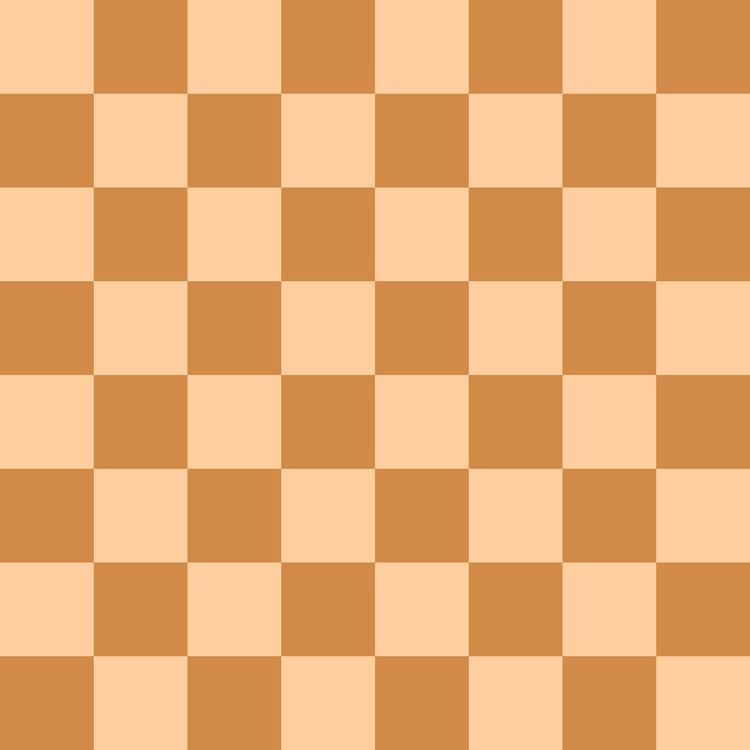 | ||
Dark chess is a chess variant with incomplete information, similar to Kriegspiel. It was invented by Jens Bæk Nielsen and Torben Osted in 1989. A player does not see the entire board, only their own pieces and the squares which they can legally move to.
Contents
Rules
The goal of this chess variant is not to checkmate the king, but to capture it. A player is not told if their king is in check. Failing to move out of check, or moving into check, are both legal, and can obviously result in a capture and loss of the game.
Each player views a different version of the board, on which they can only see their own pieces, and the squares where these pieces can legally move, as well as any opponent pieces on those squares (which must therefore be capturable). It is indicated to the player which squares are hidden, so a hidden square can never be confused with a visible empty square. As an example, it is always clear when an enemy piece is directly in front of a pawn, because that square will be hidden (as capturing it is not a legal move for the pawn to make).
En passant capture is allowed; the threatened pawn and the square it moved through are both visible to the capturing player, but only until the end of the turn. Unlike standard chess, castling is allowed out of check, into check, and through the positions attacked by enemy pieces.
This chess variant is best played on one of the online chess servers. For playing over-the-board, three chess sets and a referee are needed, just as in Kriegspiel.
There are some minor differences in the rules on different servers:
Variations
Generally, because basic Dark chess rules are universal with respect to its "parent" classical variant, any 2-player chess variant may be played "in dark". SchemingMind provides some of the variations.
Gameplay
Dark chess has a strong strategic flavor. Planning and strategy, as well as some psychological reasoning, are very important; tactics and move searching are not.
In this chess variant a king should be carefully protected from very dangerous checks by invisible pieces. For a queen the most dangerous pieces are knights, which can attack it without becoming visible.
